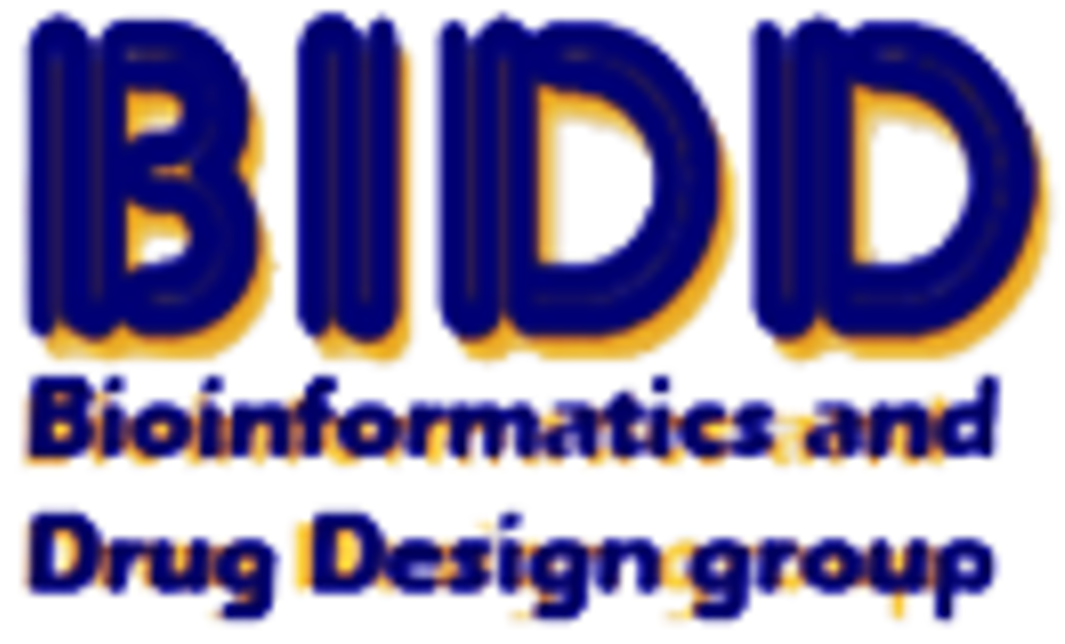Target Information
| Target General Infomation | |||||
|---|---|---|---|---|---|
| Target ID |
T00420
|
||||
| Former ID |
TTDI02157
|
||||
| Target Name |
HIV REV protein
|
||||
| Gene Name |
rev
|
||||
| Synonyms |
ART/TRS; Anti-repression transactivator; Regulator of expression of viral proteins; rev
|
||||
| Target Type |
Clinical Trial
|
||||
| Disease | Human immunodeficiency virus infection [ICD9: 279.3; ICD10: B20-B26] | ||||
| Function |
Escorts unspliced or incompletely spliced viral pre- mRNAs (late transcripts) out of the nucleus of infected cells. These pre-mRNAs carry a recognition sequence called Rev responsive element (RRE) located in the env gene, that is not present in fully spliced viral mRNAs (early transcripts). This function is essential since most viral proteins are translated from unspliced or partially spliced pre-mRNAs which cannot exit the nucleus by the pathway used by fully processed cellular mRNAs. Rev itself is translated from a fully spliced mRNA that readily exits the nucleus. Rev's nuclear localization signal (NLS) bindsdirectly to KPNB1/Importin beta-1 without previous binding to KPNA1/Importin alpha-1. KPNB1 binds to the GDP bound form of RAN (Ran-GDP) and targets Rev to the nucleus. In the nucleus, the conversionfrom Ran-GDP to Ran-GTP dissociates Rev from KPNB1 and allows Rev's binding to the RRE in viral pre-mRNAs. Rev multimerization on the RRE via cooperative assembly exposes its nuclear export signal (NES) to the surface. Rev can then form a complex with XPO1/CRM1 and Ran-GTP, leading to nuclear export of the complex. Conversion from Ran-GTP to Ran-GDP mediates dissociation of the Rev/RRE/XPO1/RAN complex, so that Rev can return to the nucleus for a subsequent round of export. Beside KPNB1, also seems to interact with TNPO1/Transportin-1, RANBP5/IPO5 and IPO7/RANBP7 for nuclear import. The nucleoporin-like HRB/RIP is an essential cofactor that probably indirectly interacts with Rev to release HIV RNAs from the perinuclear region to the cytoplasm (By similarity). Interacts with DDX1; the interaction is necessary for proper subcellular localization of this protein.
|
||||
| BioChemical Class |
HIV-1 REV
|
||||
| UniProt ID | |||||
| Sequence |
MAGRSGDSDEELIRTVRLIKLLYQSNPPPNPEGTRQARRNRRRRWRERQRQIHSISERIL
GTYLGRSAEPVPLQLPPLERLTLDCNEDCGTSGTQGVGSPQILVESPTVLESGTKE |
||||
| Drugs and Mode of Action | |||||
| Pathways | |||||
| Reactome | Uncoating of the HIV Virion | ||||
| Budding and maturation of HIV virion | |||||
| Integration of provirus | |||||
| Early Phase of HIV Life Cycle | |||||
| Minus-strand DNA synthesis | |||||
| Plus-strand DNA synthesis | |||||
| 2-LTR circle formation | |||||
| Binding and entry of HIV virion | |||||
| Assembly Of The HIV Virion | |||||
| Integration of viral DNA into host genomic DNA | |||||
| Autointegration results in viral DNA circles | |||||
| APOBEC3G mediated resistance to HIV-1 infection | |||||
| Vpr-mediated nuclear import of PICs | |||||
| WikiPathways | Host Interactions of HIV factors | ||||
| HIV Life Cycle | |||||
| References | |||||
If You Find Any Error in Data or Bug in Web Service, Please Kindly Report It to Dr. Zhou and Dr. Zhang.

